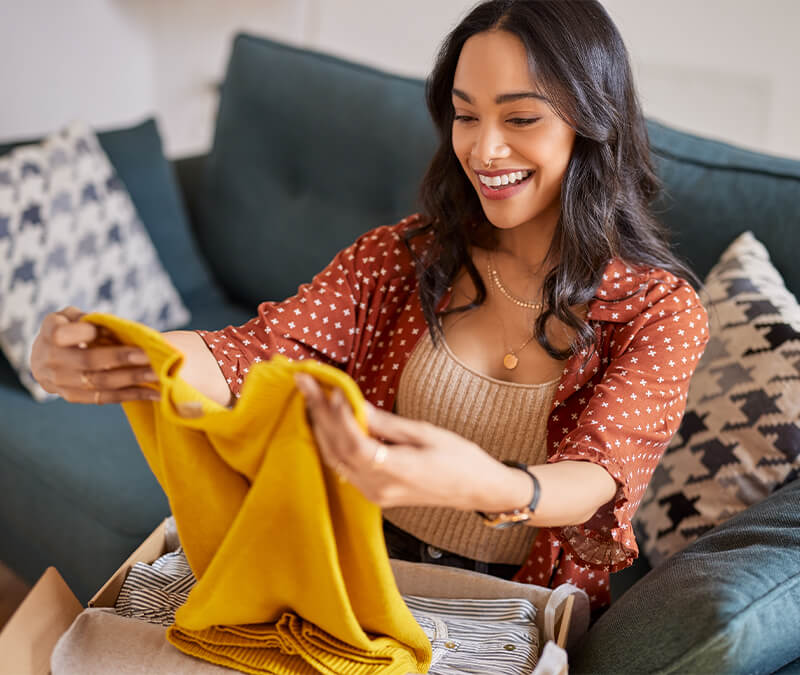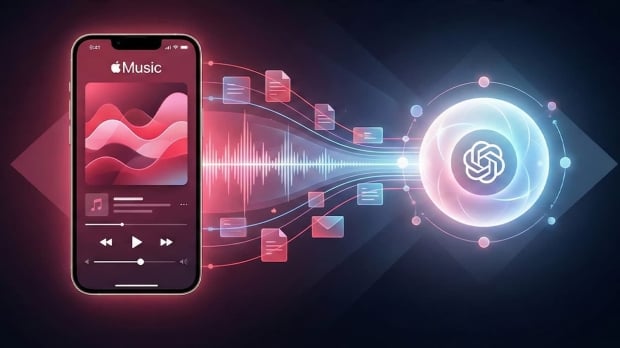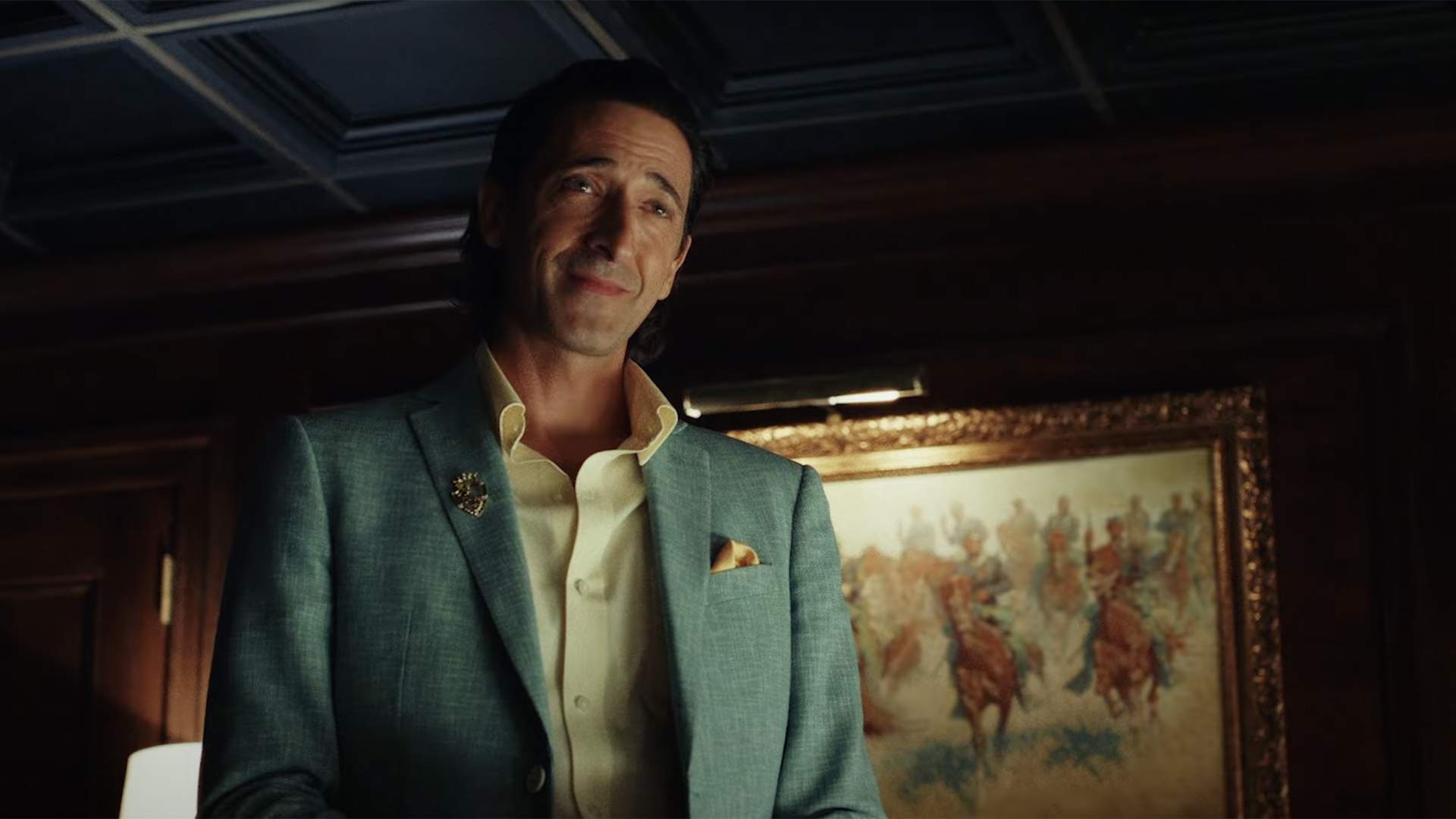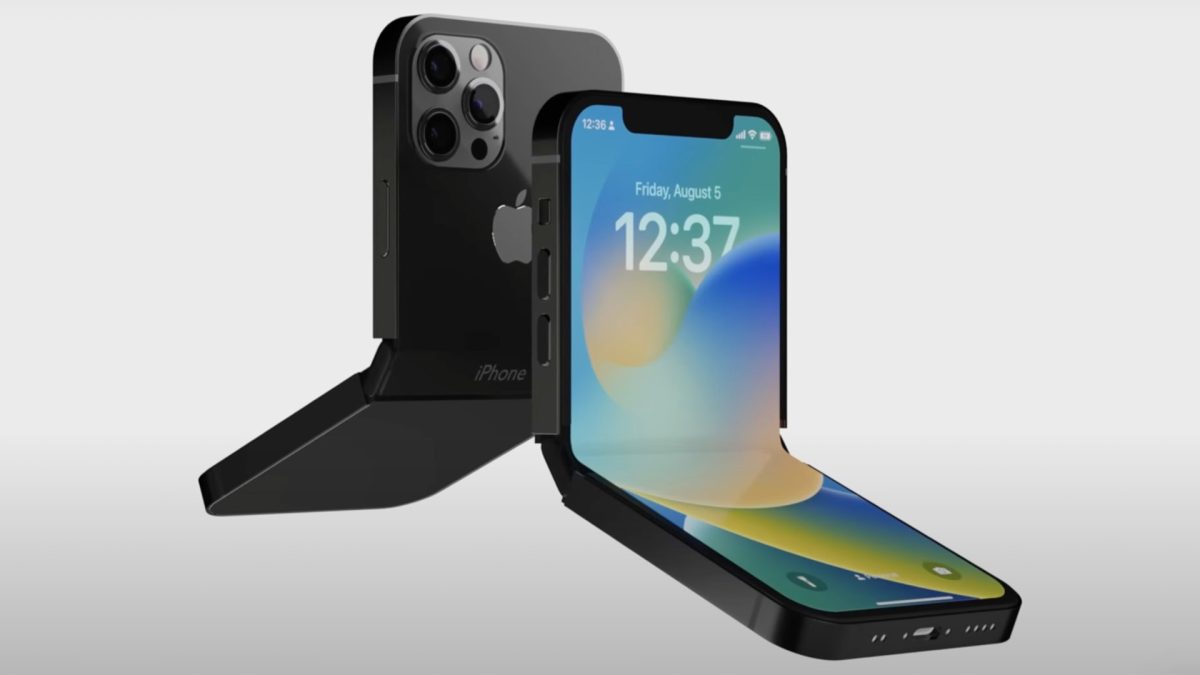TikTok’s Sale in the U.S. Set to Conclude Next Month After Lengthy Discussions
**TikTok Sale Journey: Final Moves Towards a New Chapter**
The eagerly awaited sale of TikTok’s operations in the U.S. is approaching its conclusion, with a transaction expected to finalize on January 22, 2025. This milestone follows a complicated path that began in 2020 during the Trump administration and has encountered numerous legal and political hurdles, culminating in a divest-or-ban regulation enacted by President Biden in 2024.
### Agreement Framework and Principal Stakeholders
As reported by Axios, TikTok has agreed to sell its U.S. division to a newly established joint venture comprised of three managing partners: Oracle, Silver Lake, and Abu Dhabi-based MGX. Per an internal note from TikTok CEO Shou Chew, the new TikTok USDS Joint Venture LLC will see these investors collectively owning 45% of the entity. Moreover, 5% will be designated for additional new investors, while 30.1% will be owned by affiliates of current ByteDance investors, and 19.9% will stay with ByteDance itself.
### Emphasis on Data Security
A crucial component of this agreement is the pledge to retrain TikTok’s U.S. content recommendation algorithm utilizing data from American users. This initiative is designed to safeguard the content feed from external interference, addressing persistent worries regarding data privacy and security. Oracle will lead efforts to ensure data protection, highlighting the need for user trust in the platform.
### Final Thoughts
The approaching conclusion of this agreement signifies a critical moment for TikTok as it manages the intricacies of functioning in the U.S. market under regulatory oversight. As the company gears up for this transition, the consequences for users, investors, and the wider social media environment remains to be determined. What do you think about the TikTok sale agreement?
Read More







